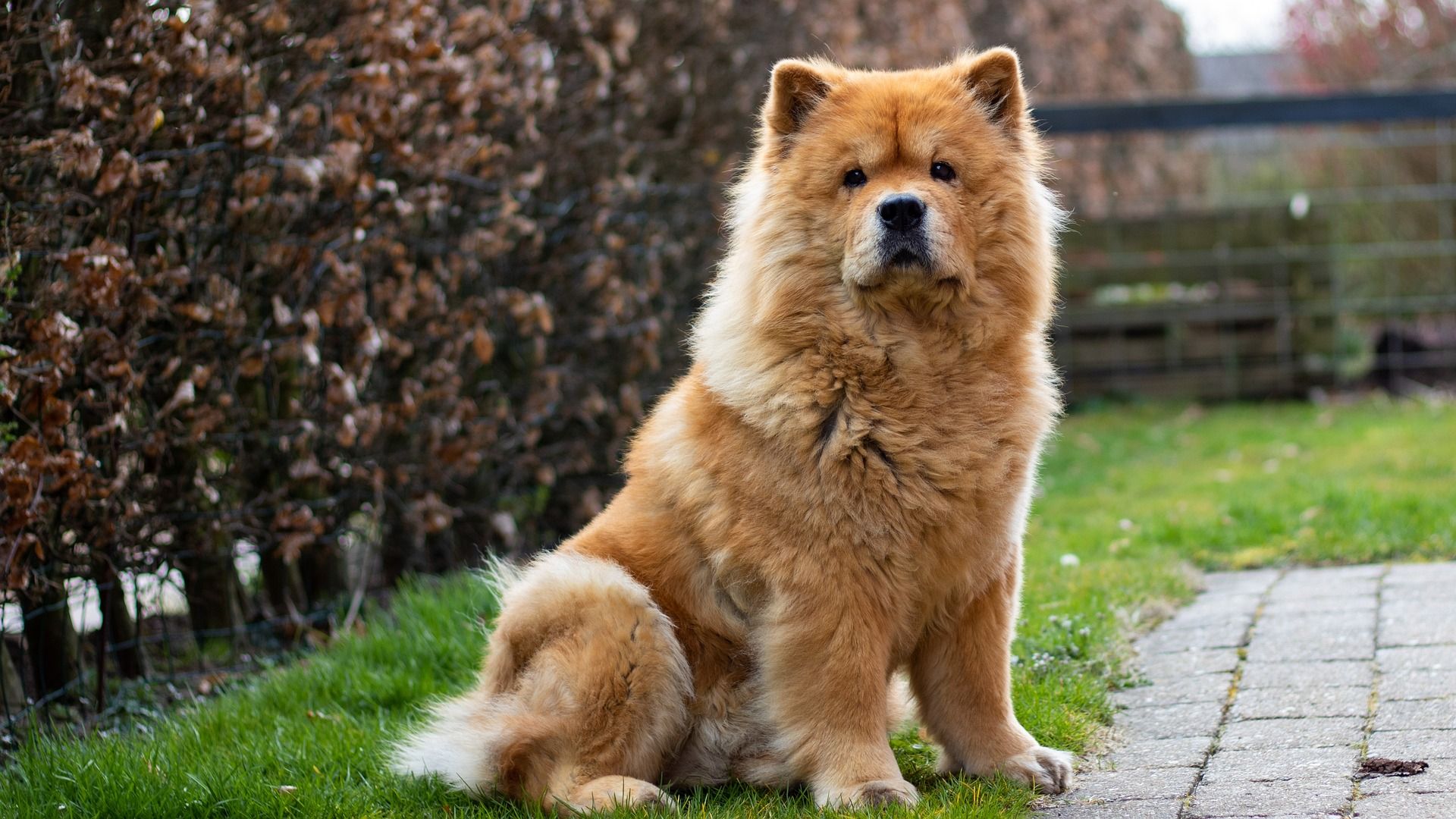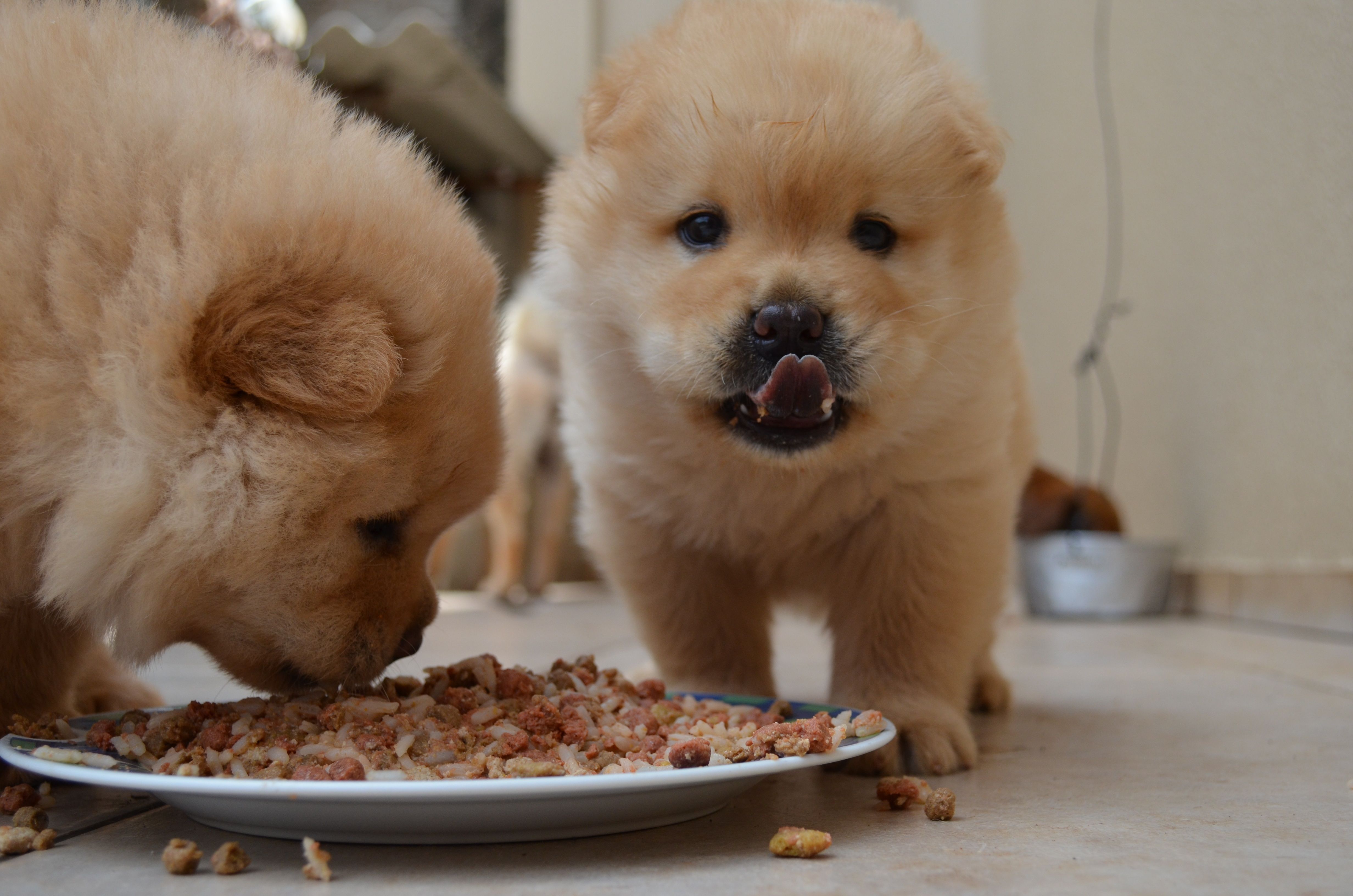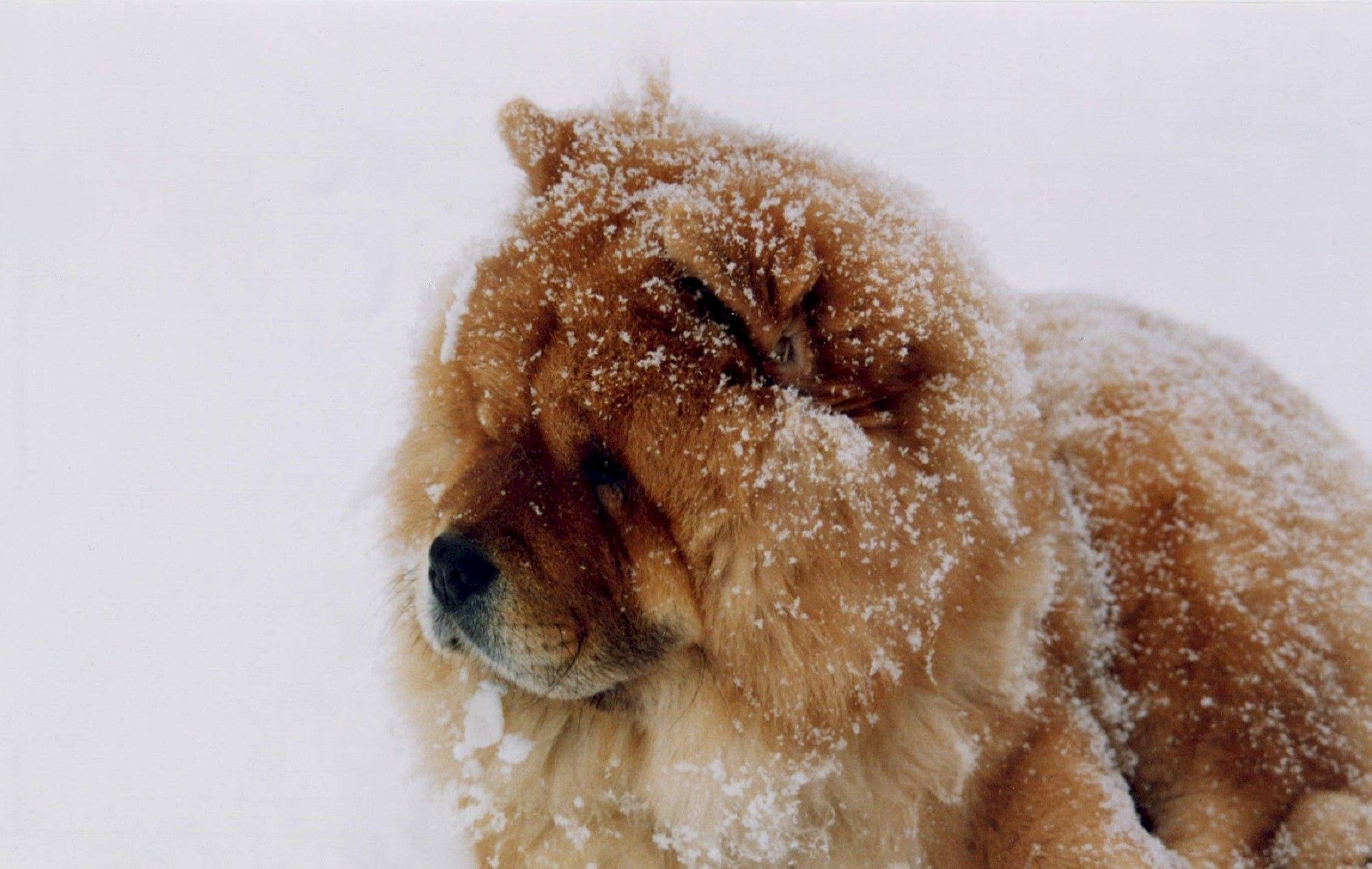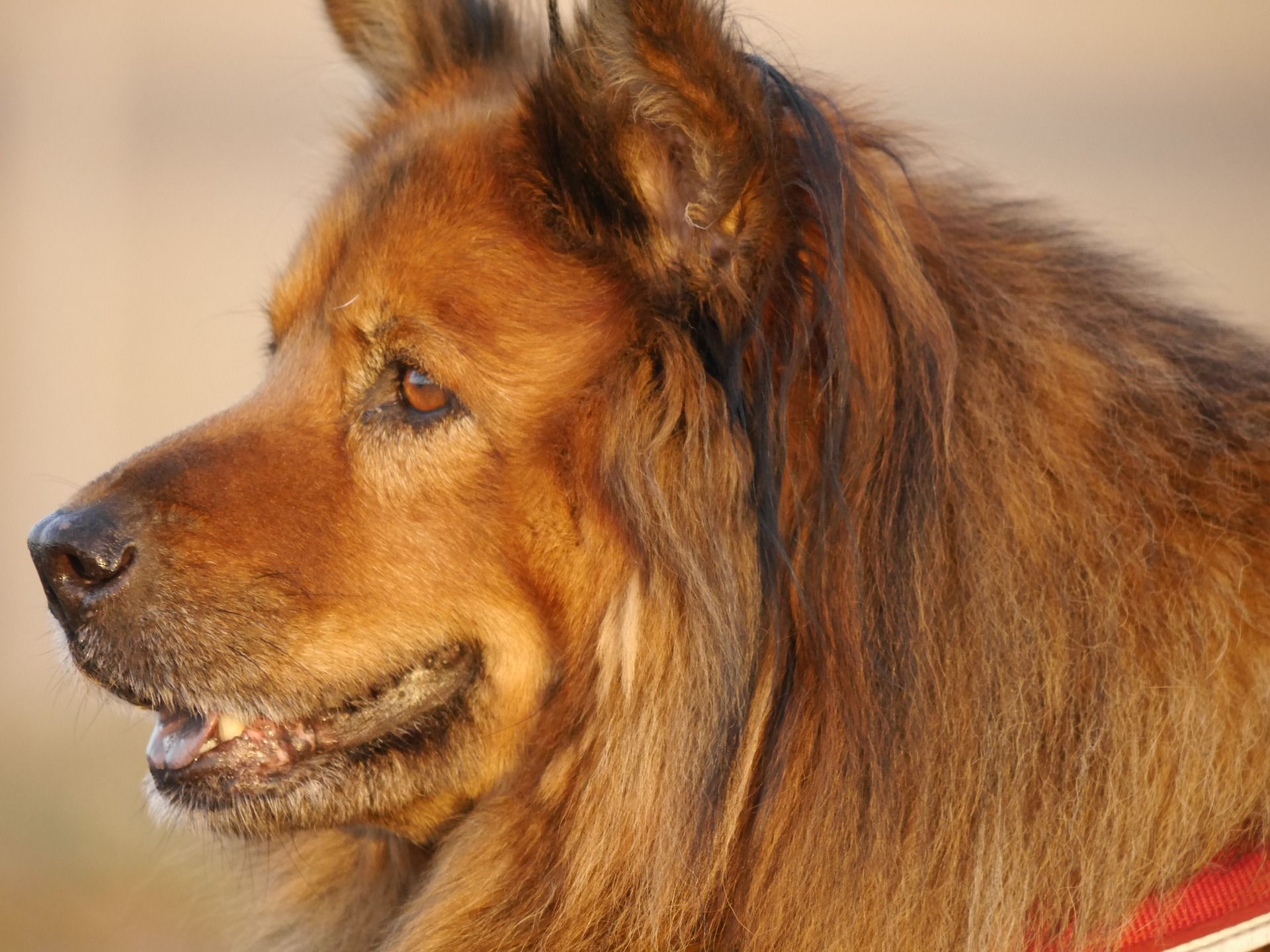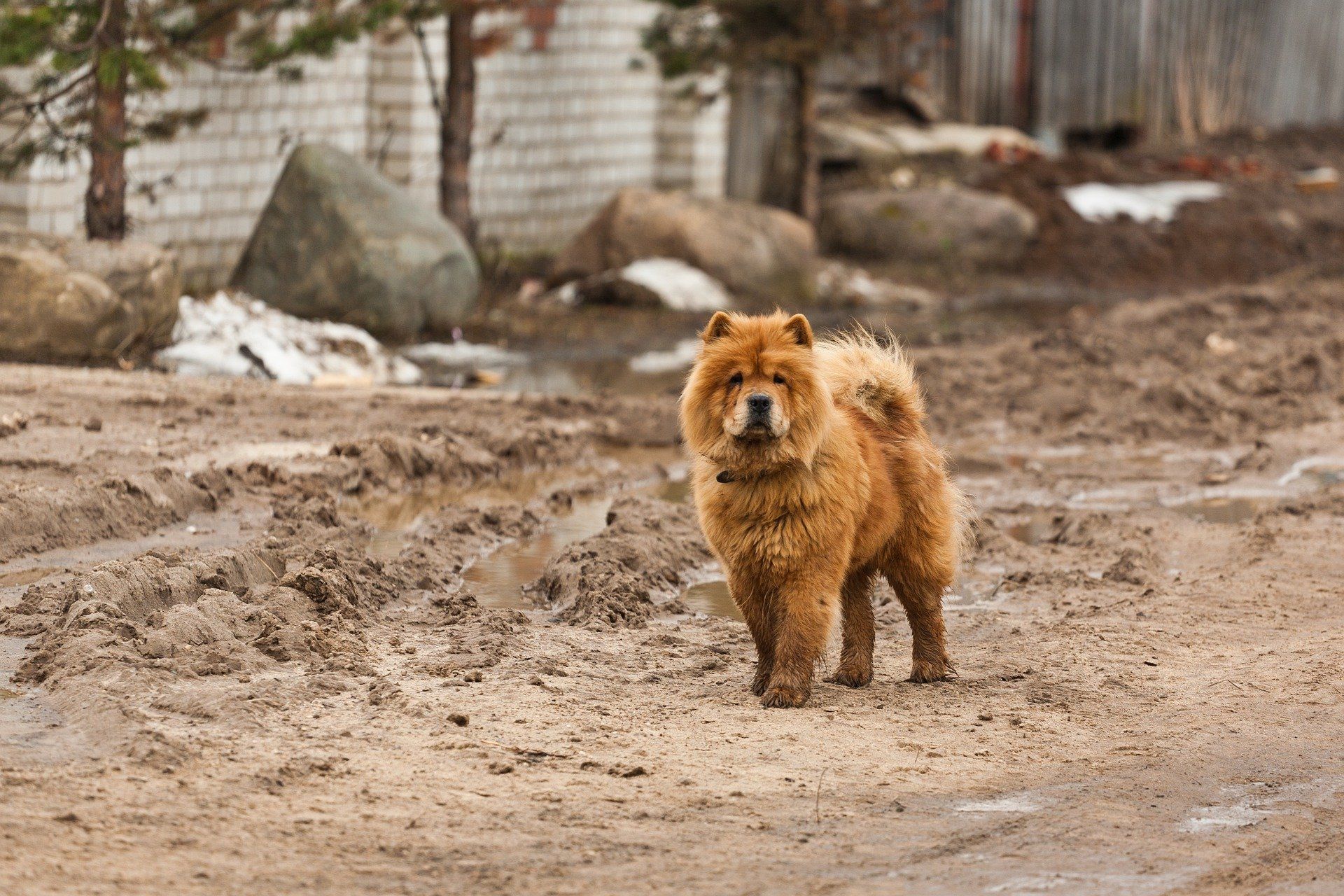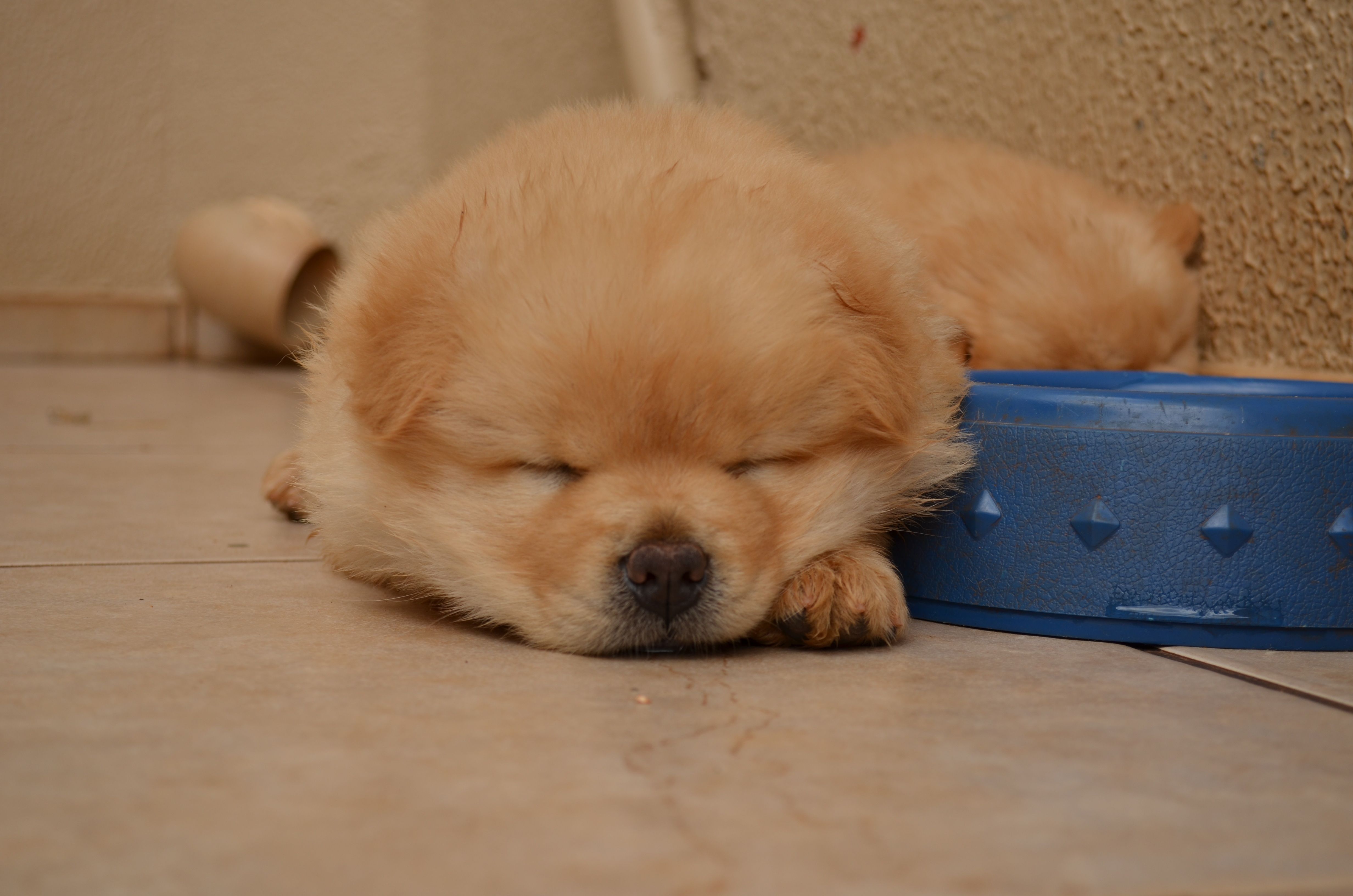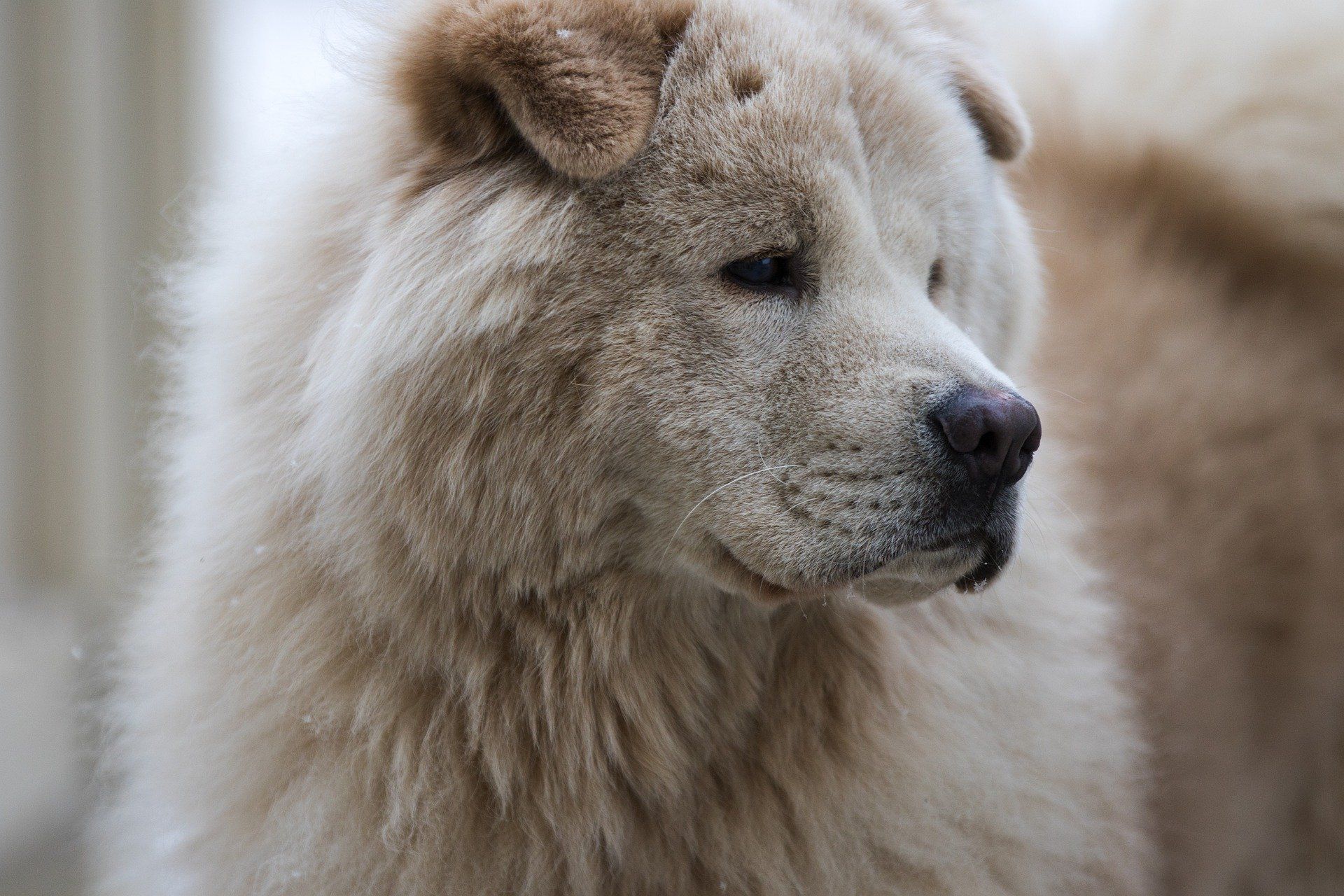Chow Chows are known for their unique personality traits, and their temperament varies widely. Aggression, as in any dog breed, is influenced by various factors
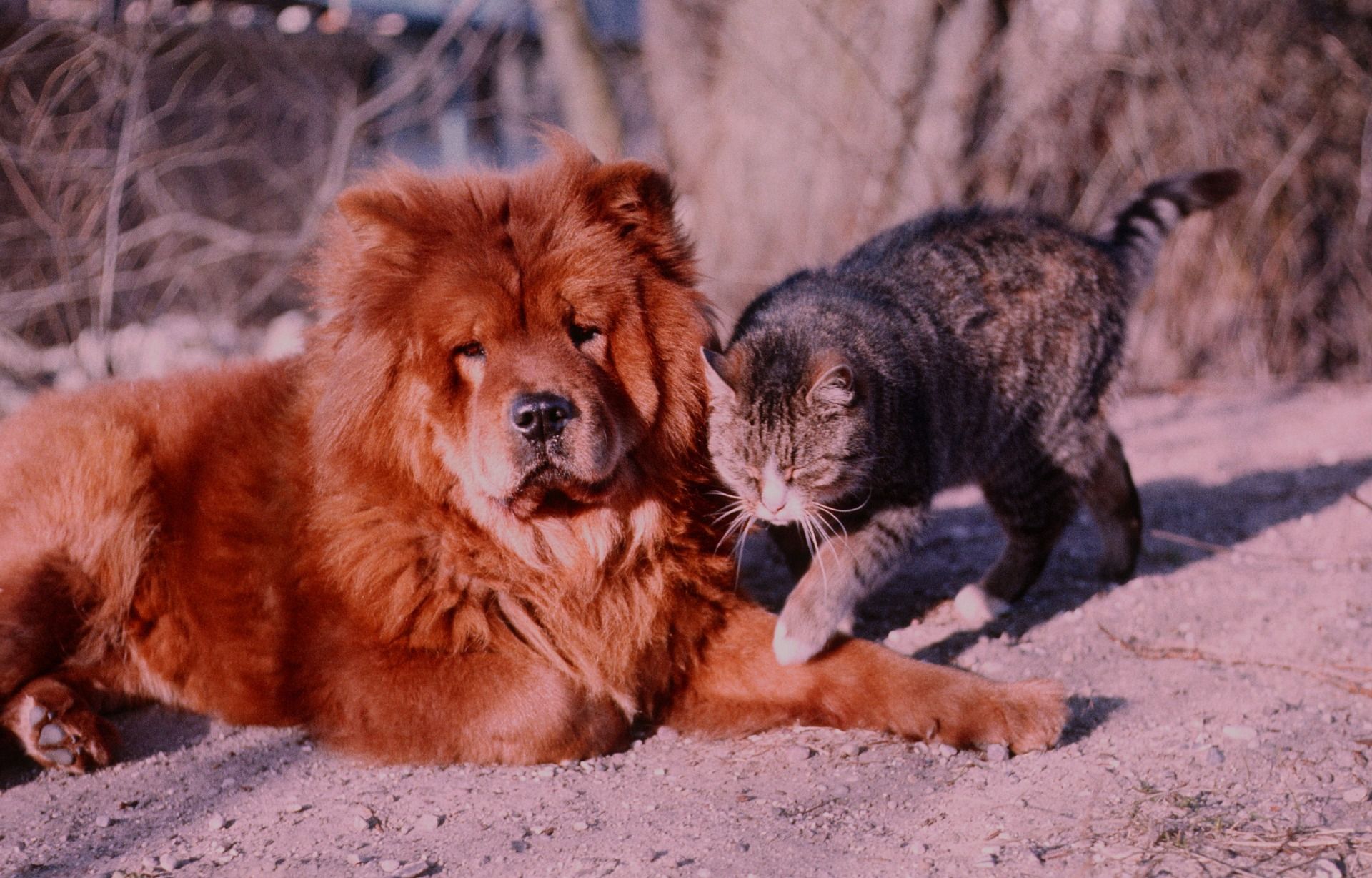
Chow Chow aggression can manifest in various ways and is influenced by factors such as fear, territorial instincts, dominance, possessiveness, redirected frustration, maternal protection, and pain. Understanding and addressing these aspects through proper training, socialization, and positive reinforcement can help manage and prevent aggressive behavior in Chow Chows.
Table of Contents
-
Managing Aggression in Chow Chows
- #1 — Early Socialization
- #2 — Positive Reinforcement Training
- #3 — Consistent Leadership
- #4 — Addressing Resource Guarding
- #5 — Regular Exercise
- #6 — Neutering/Spaying
- #7 — Health Monitoring
- #8 — Structured Training Sessions
- #9 — Behavior Modification
- #10 — Positive Human Interactions
- #11 — Supervision and Management
Are Chow Chows Aggressive?
Chow Chows are known for their unique personality traits, and their temperament can vary widely. While they are not inherently aggressive, they are often described as aloof, independent, and reserved. It’s crucial to understand that individual temperament depends on various factors, including genetics, early socialization, training, and the environment in which they are raised.
Here are some points to consider regarding Chow Chow behavior:
- Protective instincts: Chow Chows have a strong sense of loyalty and can be protective of their family and territory. This protective instinct can sometimes be mistaken for aggression.
- Aloofness: Chow Chows are known for their aloof and independent nature. They may not be as overtly affectionate as some other breeds.
- Socialization: Early and consistent socialization is crucial for Chow Chows. Exposing them to various people, environments, and situations helps them become well-adjusted adults.
- Training: Like any dog, proper training is essential for Chow Chows. Positive reinforcement methods and consistency in training can help mold their behavior.
- Dominance: Chow Chows may display dominant behavior, especially if not properly trained. Establishing clear leadership through training is important to prevent unwanted behaviors.
- Potential challenges: Chow Chows may be more challenging for first-time dog owners due to their independent nature and the need for consistent training.
Types of Aggression in Chow Chows
Chow Chows, like any other dog breed, may exhibit different types of aggression. Here is a summary of the common types of aggression in Chow Chows:
- Fear-based aggression: Arises from perceived threats or fear-inducing situations. A Chow Chow that has not been properly socialized may display fear-based aggression when encountering unfamiliar people or environments.
- Territorial aggression: Protective behavior towards their territory or family. A Chow Chow may become aggressive when strangers approach its home or if it perceives a threat to its family members.
- Dominance-related aggression: Displayed when the dog believes it holds a higher position in the family hierarchy. A Chow Chow exhibiting dominant behaviors, such as challenging other dogs or family members, may display aggression to assert its perceived leadership.
- Possessive aggression (resource guarding): Aggressive behavior when protecting possessions like food, toys, or other items. Growling or snapping when someone approaches the dog’s food bowl or attempts to take away a prized possession.
- Redirected aggression: Aggression directed at an unintended target due to frustration or excitement. A Chow Chow, frustrated by being unable to reach a perceived threat (e.g., another dog behind a fence), may redirect its aggression towards a nearby person or animal.
- Maternal aggression: Protective behavior displayed by a mother towards her puppies. A mother Chow Chow may become aggressive if she perceives a threat to her puppies, exhibiting protective maternal instincts.
- Pain-induced aggression: Aggression resulting from physical discomfort or pain. A Chow Chow with an undiagnosed health issue or injury may display aggression when touched or approached due to pain.
Professional guidance may be beneficial in dealing with specific instances of aggression and implementing appropriate training and management strategies.
Causes of Aggression in Chow Chows
Aggression in Chow Chows, as in any dog breed, can be influenced by various factors. Understanding these factors is crucial for prevention and management.
Seeking the guidance of professional trainers or behaviorists may be beneficial in dealing with specific cases of aggression in this breed.
#1 — Lack of Socialization
Insufficient exposure to different people, animals, and environments during the critical socialization period can lead to fear-based aggression. A poorly socialized Chow Chow may react aggressively when faced with unfamiliar situations or individuals.
A Chow Chow that has not been exposed to children during its early development may show fear-based aggression when encountering them.
#2 — Territorial Instincts
Chow Chows have a strong territorial nature, and aggression may arise when they perceive a threat to their territory or family. Protective instincts can lead to aggressive behavior, especially if the dog feels its home or family is being encroached upon.
A Chow Chow may display aggressive behavior when a stranger approaches its home or when it perceives a threat to its family members.
#3 — Dominance Issues
Chow Chows may exhibit dominance-related aggression if not provided with consistent training and clear leadership. Dominance-related aggression can arise when a Chow Chow believes it holds a higher position in the family hierarchy.
Without proper training, a Chow Chow may display aggression in situations where it feels the need to establish dominance over other dogs or family members.
#4 — Fear and Anxiety
Fear and anxiety can trigger defensive aggression in Chow Chows, especially in response to perceived threats or stressful situations. Aggression becomes a coping mechanism when the dog feels cornered or frightened.
A Chow Chow that has had a traumatic experience, such as loud noises or abuse, may exhibit aggressive behavior when exposed to similar stimuli.
#5 — Poor Training Practices
Inconsistent or harsh training methods can contribute to behavioral issues, including aggression. Lack of proper guidance and positive reinforcement may result in a poorly behaved Chow Chow prone to aggression.
A Chow Chow that experiences punishment-based training may develop fear-based aggression as a response to perceived threats.
#6 — Genetic Predisposition
Some dogs may have a genetic predisposition to aggression, influenced by their lineage. While genetics alone do not determine behavior, certain bloodlines may have a higher likelihood of aggressive tendencies.
If a Chow Chow comes from a line with a history of aggression, it may be more prone to displaying aggressive behavior without proper training and socialization.
#7 — Health Issues
Physical discomfort or pain due to underlying health problems can lead to defensive aggression as a way of protecting themselves. Regular veterinary check-ups are crucial to identify and address potential health issues affecting behavior.
A Chow Chow with an undiagnosed medical condition causing pain may display aggression when touched or approached due to discomfort.
#8 — Resource Guarding
Chow Chows may show aggression when guarding their food, toys, or other possessions. Resource guarding can lead to aggressive displays, especially if someone approaches items the dog considers valuable.
A Chow Chow may growl or snap when someone tries to take away its food bowl, demonstrating resource-guarding aggression.
#9 — Maternal Instincts
Female Chow Chows, especially those with maternal instincts, may display protective aggression, particularly when around their puppies. Care should be taken to ensure the safety of both the mother and her offspring during such times.
A mother Chow Chow may become aggressive if she perceives a threat to her puppies, displaying protective behavior.
#10 — Lack of Exercise
Chow Chows require regular exercise to expend energy and maintain mental well-being. Without sufficient physical and mental stimulation, boredom and frustration can contribute to aggressive behavior.
A Chow Chow kept in a confined space without adequate exercise may exhibit pent-up energy, leading to increased likelihood of aggressive displays.
#11 — Age and Hormonal Factors
Adolescence or hormonal changes, including intact males during breeding season, can contribute to aggressive behavior. Neutering and consistent training can help mitigate hormonal influences on aggression.
An intact male Chow Chow during the breeding season may display increased aggression, which can be addressed through neutering.
#12 — Previous Trauma
Dogs with a history of abuse, neglect, or traumatic experiences may exhibit aggression as a defense mechanism. Building trust through positive interactions and patience is crucial for rehabilitating such dogs.
A Chow Chow adopted from a shelter with a history of abuse may initially show aggression as a defensive response until trust is established.
Managing Aggression in Chow Chows
Managing aggression in Chow Chows involves a combination of proactive training, socialization, and addressing underlying factors contributing to aggressive behavior.
#1 — Early Socialization
Expose Chow Chows to various people, animals, and environments from a young age to reduce fear-based aggression.
A well-socialized Chow Chow is more likely to remain calm and non-aggressive when encountering new people or situations. Regular outings, visits to dog parks, and positive interactions with strangers contribute to a well-socialized dog.
#2 — Positive Reinforcement Training
Use positive reinforcement methods to reward desired behaviors and discourage aggressive reactions.
When a Chow Chow displays calm behavior in the presence of strangers, reward it with treats or praise. Positive reinforcement strengthens the association between good behavior and positive outcomes.
#3 — Consistent Leadership
Establish clear leadership to prevent dominance-related aggression by consistently enforcing rules and boundaries.
When a Chow Chow displays dominant behaviors, such as attempting to assert itself over family members, consistent correction and redirection can help establish the owner as the leader.
#4 — Addressing Resource Guarding
Teach Chow Chows that human presence near resources is positive by associating it with rewards, preventing resource-guarding aggression.
During mealtime, periodically approach the dog, toss a treat into its bowl, and leave. This conditions the dog to associate human presence with positive outcomes, reducing the likelihood of aggression around food.
#5 — Regular Exercise
Ensure Chow Chows receive sufficient physical and mental stimulation to prevent boredom and frustration that can lead to aggression.
Daily walks, interactive play, and puzzle toys help channel a Chow Chow’s energy positively, reducing the likelihood of aggressive behaviors stemming from boredom.
#6 — Neutering/Spaying
Neutering can help reduce hormonal influences, especially in intact males, contributing to aggression.
An intact male Chow Chow during the breeding season may display increased aggression. Neutering can help mitigate these hormonal influences, reducing the likelihood of aggressive behavior.
#7 — Health Monitoring
Regular veterinary check-ups help identify and address potential health issues that might contribute to aggression.
Pain or discomfort due to an undiagnosed medical condition can cause a normally gentle Chow Chow to exhibit aggression. Timely veterinary care can address such underlying issues.
#8 — Structured Training Sessions
Implement structured training sessions to reinforce obedience and control over aggressive impulses.
Teach commands such as “sit,” “stay,” and “leave it” during controlled training sessions. The dog’s ability to respond to commands can be crucial in redirecting or preventing aggressive behavior.
#9 — Behavior Modification
Work with a professional trainer or behaviorist to implement behavior modification techniques for specific aggressive behaviors.
If a Chow Chow exhibits fear-based aggression, a behaviorist may use desensitization and counter-conditioning techniques to change the dog’s emotional response to triggers gradually.
#10 — Positive Human Interactions
Create positive associations with human interactions to build trust and reduce defensive aggression.
If a Chow Chow has a history of trauma, engage in gentle, positive interactions. Offer treats, play, and comforting gestures to build trust and reduce fear-based aggression.
#11 — Supervision and Management
Supervise interactions with strangers, children, or other dogs to prevent aggressive episodes. Use management tools like leashes and muzzles when necessary.
If a Chow Chow tends to display aggression towards unfamiliar dogs, keeping it on a leash during introductions allows for controlled interactions, reducing the risk of aggressive behavior.
Conclusion
Managing aggression in Chow Chows requires a holistic approach that includes positive reinforcement, consistent training, socialization, and addressing underlying issues. Each dog is unique, and tailoring strategies to the individual dog’s needs is crucial. Seeking guidance from professional trainers or behaviorists can provide valuable insights and assistance in managing and modifying aggressive behaviors effectively.
